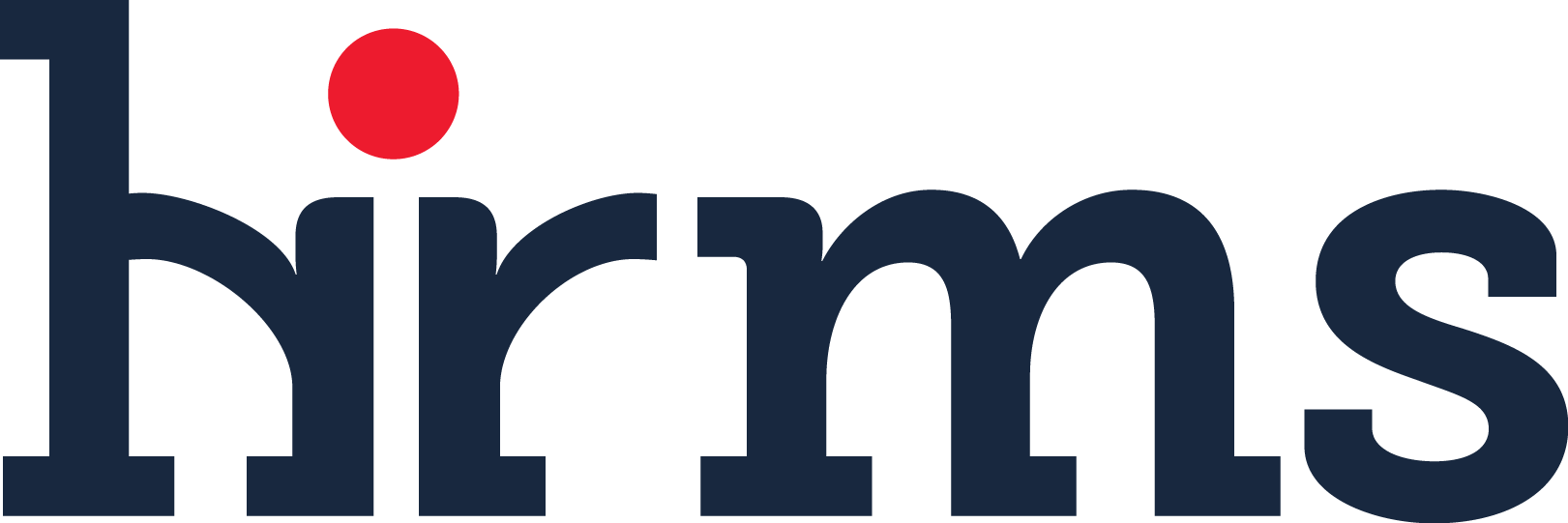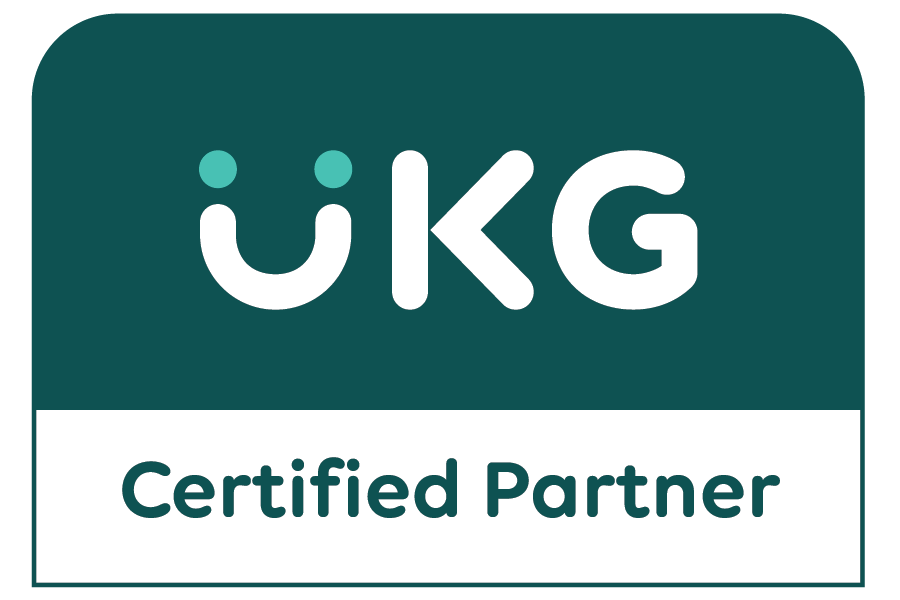 An increasingly common question I’ve been hearing lately is should my organization solve for just one or two gaps in our HR Technology void or should we take a more comprehensive view and go with a holistic HRIS solution. The most common situations or question I am being presented is whether ‘our company should adopt a singular Applicant Tracking System (ATS) or a standalone Performance System that could be managed with a best-of-breed standalone Talent Management Solution or should we explore investing in implementing a HRIS/HCM solution to solve the full breadth of our HR gaps’.
An increasingly common question I’ve been hearing lately is should my organization solve for just one or two gaps in our HR Technology void or should we take a more comprehensive view and go with a holistic HRIS solution. The most common situations or question I am being presented is whether ‘our company should adopt a singular Applicant Tracking System (ATS) or a standalone Performance System that could be managed with a best-of-breed standalone Talent Management Solution or should we explore investing in implementing a HRIS/HCM solution to solve the full breadth of our HR gaps’.
This is certainly not a simple decision and is one with pro’s and con’s on each side of the equation. In the forefront of this discussion is the fact that most HR departments typically do not have a budget for any sort of HR Technology. So, in addition to presenting a case to leadership that a real need exists to invest in HR technology, HR almost always needs to garner internal allies to help support and fund this type of a project. In order to get any type of solution approved and funded, the HR team needs to prove to Executives that the pains and difficulties are being experienced throughout the organization and that they are negatively affecting the business. Not an easy thing to do, especially when most sources of pain are difficult to quantify. (read our How Do You Justify An Investment When HRIS ROI is Not Quantifiable blog)
Every organization is different and has a unique set of circumstances and philosophies on how they run their business. I’ve created a list of pros and cons you should consider when winding your way through the HR technology landscape and determining whether to choose a standalone Talent Management solution or a holistic HRIS.
PROs – Standalone Talent Management Solution
- Deeper functionality in specific HR areas (i.e. ATS or Performance).
- Shorter implementation timeframe and therefore a quicker solution to immediate pain point(s).
- Smaller overall investment.
- Less disruptive to the overall organization.
- Ability to address just known pain points or requirements in specific areas without needing to identify and solve gaps in other HR areas (e.g. core HR, employee self service, benefits administration, etc.).
CONs – Standalone Talent Management Solution
- Creation or expansion of disparate systems leads to silo’s of information and difficulty in actionable reporting.
- Potential for a higher total investment. Purchasing of point solutions to solve specific business issues may provide short-term gain, but long term pain. Costs for a point solution can easily exceed the costs of a holistic HRIS if you factor in fees associated with internal IT resources to maintain integrations and reliable cross-system data and provide meaningful reporting across multiple applications.
- Product benefits a much smaller group. For ATS, it’s primarily just an HR benefit. For performance, there is additional benefit to the manager, employee and executive but only to a limited extent.
- In the majority of cases, Talent Management Software is offered exclusively in the cloud (i.e. Software as a Service (SaaS)). For those organizations looking for an On-premise option, you are going to have challenge finding a solution.
PROs – Holistic HRIS/HCM
- One solution set to solve many HR issues across the entire organization includes, but not limited to, core HR, payroll, recruiting, onboarding, benefits administration, performance, training, career development, absence management, time & attendance, self service (i.e. manager, employee and candidate), etc.
- More robust reporting platform across all functional areas (i.e. can report on candidate source and correlation to overall performance rating).
- Seamless platform and experience for all users including executives, HR, managers, employees and candidates. Presents a cohesive solution for all users, more unified brand image and only one set of credentials for access.
- Broader scope which positively impacts more people in the organization. In turn, typically provides HR with more options in creating a cross departmental project team to support the initiative.
- Heavy trend to SaaS/cloud offerings, but there are still several viable options for On-premise deployments.
CONs – Holistic HRIS/HCM
- Potential lack of enriched functionality.
- Longer implementation timeframe. On average 4-6 months.
- Greater initial investment.
- Longer evaluation timeframe to be sure all pain points and requirements are identified and addressed by the system.
- More work in building consensus and coming to agreement internally on project approval.
As you can see, there is certainly no clear right or wrong answer to this question of investing in a standalone Talent Management solution or a holistic HRIS/HCM. It boils down to simply finding the solution that best fits your organization after careful consideration of all factors. The most resounding feedback I have received from clients who have gone through this process is to not be afraid of a higher initial cost or in doing more work upfront in determining which route might be better. In a number of cases, a lower short term cost has ended up being the highest total cost of ownership. In the end, take the time to do your due diligence so that you can be confident in your course of action.
For input into your current evaluation, please feel free to contact us.
or
Explore our Solutions now!





